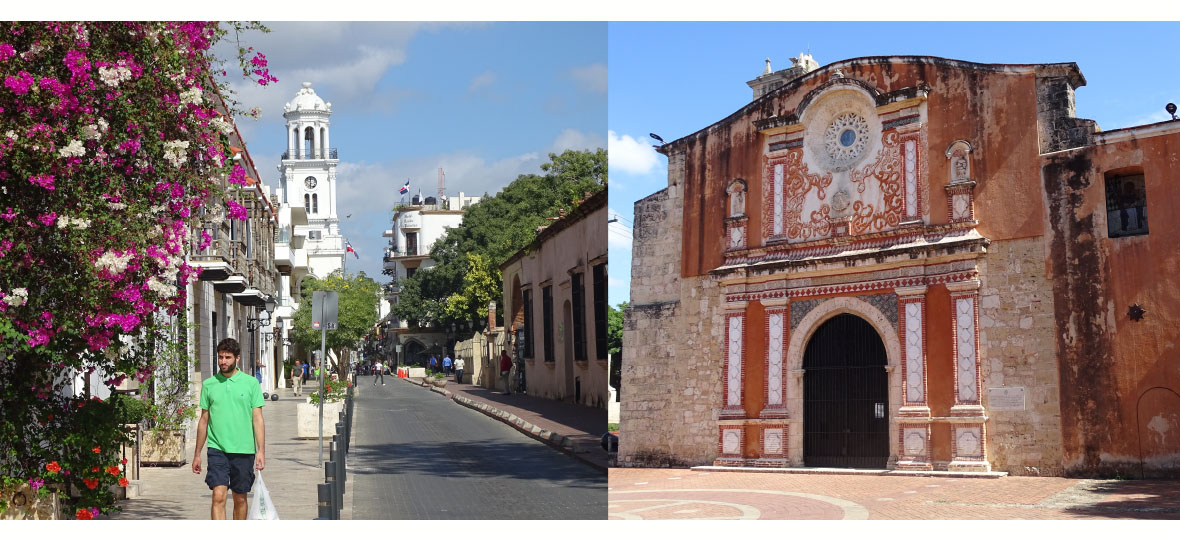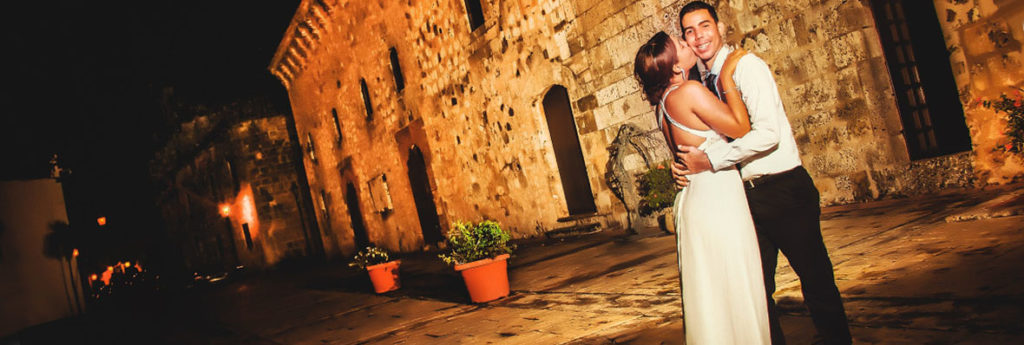If I’m being honest, the last time I visited Santo Domingo, I left feeling less than impressed. But what a difference a couple of decades make! The Dominican Republic’s capital – and biggest city in the Caribbean – has morphed into a vibrant cosmopolitan city on par with better-known contemporaries like Havana and San Juan and is certainly worth a diversion from the sand and surf that more commonly calls to the close to 900,000 Canadians who visit the D.R. annually.
Much of the renaissance of Santo Domingo de Guzman, to use its official name, has occurred in the past several years, particularly in the city’s historic district, which was recognized as a UNESCO World Heritage Site in 1990.
Spurred by substantial government attention and investment, buildings have been renovated, wires and cables buried, parking structures built to take cars off the streets – many of which have been turned into pedestrian zones – and better illumination, signage and info kiosks installed, which in turn has helped attract new businesses and hotels to what is a clean, safe oasis in the modern city that appeals to locals as well as visitors.
Indeed, don’t be surprised to find residents gathering outside the ubiquitous and unique Dominican grocery stores dotted throughout the quarter, or dancing in a parkette to Latin rhythms emanating from a portable boombox in the early evening – a testament to the area’s status as a living city, not merely a museum of the outdoor kind.
Still, the 25-sq.-km. colonial quarter drips with history, as befits a place that was discovered by Christopher Columbus in 1492 and settled by his younger brother Bartholomew a few years later. His son, Diego, was also later stationed there as Spain’s Governor of the Indies – his home, Alcazar de Colon, still a historical landmark in a city that celebrates its status as the first continuously settled European settlement in the New World and home to the first castle, cathedral, monastery and fortress in the Americas.

Do
Walk the walk: With a combination of boutique shops, galleries, sidewalk cafés, cigar and ice cream shops, restaurants (some with patios), bars, nightspots, plus and a maze of flower-framed cobblestone lanes, quiet courtyards, museums, historical sites, and grand squares, the colonial zone is made for strolling – and stopping!
Around-about: For those who can’t, or don’t care to walk, there are horse-drawn carriages and the Chu Chu Colonial train (45 minutes). A great way to get around is by bike, which can be rented from Zona Bici, a unique café and cycle shop that can provide a two-wheeler, along with requisite maps and themed tour route suggestions, for an hour or a full day (or anything in between). They can also provide helmets, baby seats, and even tricycles. (zonabicird.com).
Have a cigar: And a coffee too, for the D.R. is famous for it. As for the stogie, stop at CaOba on the square at Columbus Park to watch cigars being made, buy a box, or simply savour the smell of tobacco that Dominicans claim is every bit as good, or better, than Cubans.
Bite me: Pat’e Palo combines unrivalled atmosphere (located on “restaurant row” along the Plaza España); history (it’s said to be on the site of the first tavern in the Americas, opened in 1505 by Dutch pirate Pata de Hierro); charming atmosphere, boasting an unchanged brick and stone interior and outdoor patio facing the plaza and the Alcazar de Colon; and European brasserie-style food, from Chilean sea bass to squid and short ribs.
Event-ually: Santo Domingo is flush with festivals focussing on craft beer, music, culture, Carnival, and many more. For a full list, go HERE.
Green peace: Located outside the colonial zone, the Jardín Botánico Nacional (National Botanical Garden) is the largest in the Caribbean, a 160-hectare nature preserve filled with flora and fauna, including 300 species of orchids and many types of birds, such as the D.R.’s national bird, the palmchat. There’s also a lake, Japanese garden, and trolley tours.
Take me out to the beisbol game: Dominicans are crazy about baseball, much like hockey for Canadians, and Santo Domingo is home to two teams: the Lysee Tigers (the D.R.’s equivalent of the Yankees) and the Escogido Lions, both of whom play at Quisqueya Stadium Juan Marichal during the winter months. Tickets are reasonably priced, and games boast a great family atmosphere.
Beach ball: Nowhere in the D.R. is far from a beach, including the capital. Visitors can head to a facility like the Pelicano Beach Club in Boca Chica, about 45 minutes from the city, for a day at the beach with all the amenities. The club provides elegant facilities (and privacy) for free, though one is expected to drink or dine. Wander out of the club for a stroll on the beach, which is a true slice of Dominican life.
Stay
Hotel Hodelpa Nicolas de Ovando: The historic Hotel Nicolas de Ovando embodies “La Zona” in Santo Domingo. Built in 1502, it is located in the heart of the colonial city on the world’s first paved road, steps from both Columbus Park and Plaza España, and designated a UNESCO World Heritage Site in its own right. The luxury hotel, once the home of town founder Nicolas de Ovando, features 92 rooms and four suites across three connected and restored 16th century buildings, which retain colonial-style décor and historic elegance, combined with contemporary design.
Visit
Santo Domingo is a popular cruise stop on many Caribbean itineraries and the Colonial zone can easily be explored in a day. Overnighting is preferable if making the two- to three-hour trip from popular resort areas like Puerto Plata or Punta Cana, the latter the most likely gateway to the D.R. from Canada. Many resort hotels and tour companies like Sunwing also offer day excursions including transfers, while some hotels in the resort areas may also package the capital with sister properties in their chain.

